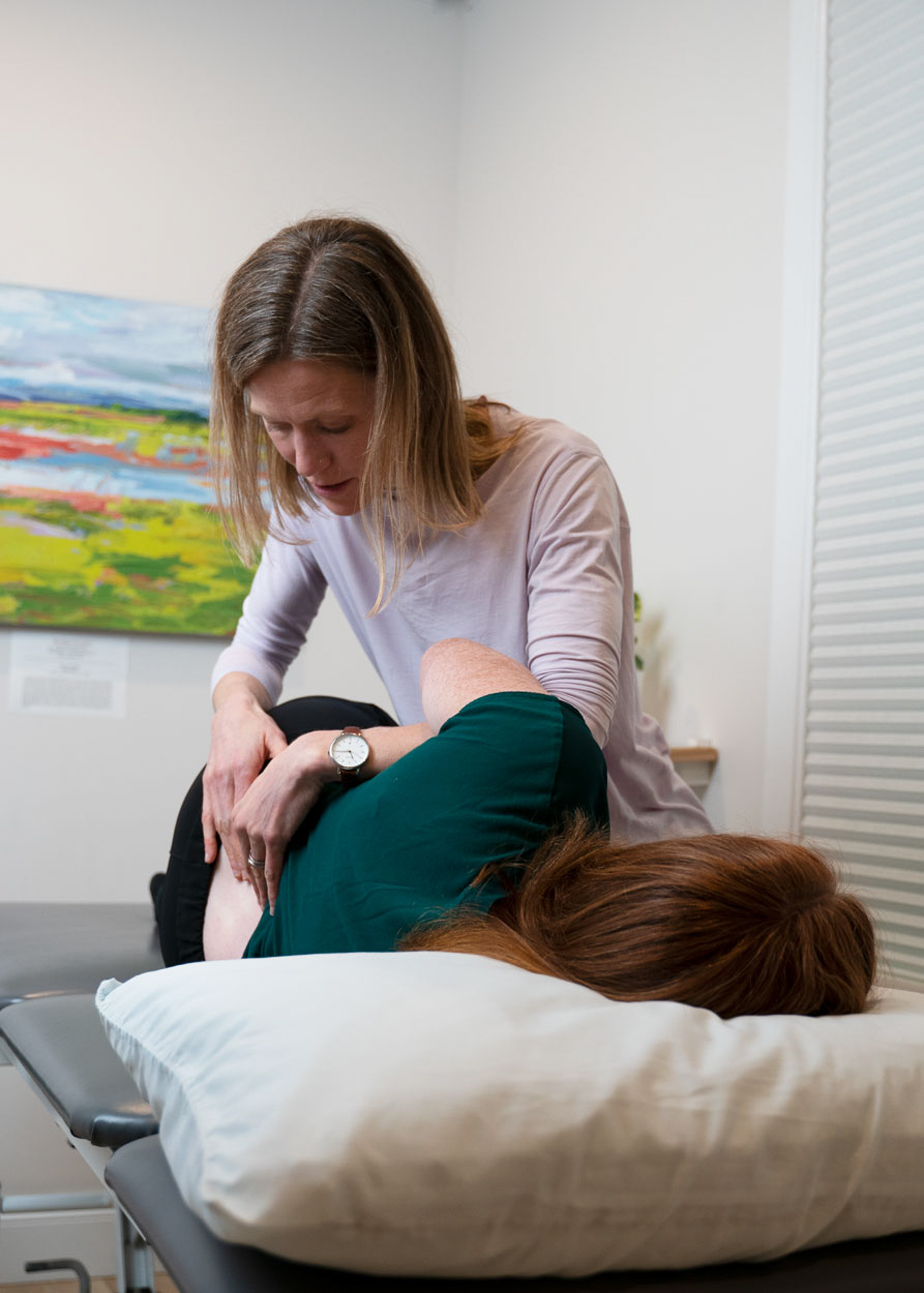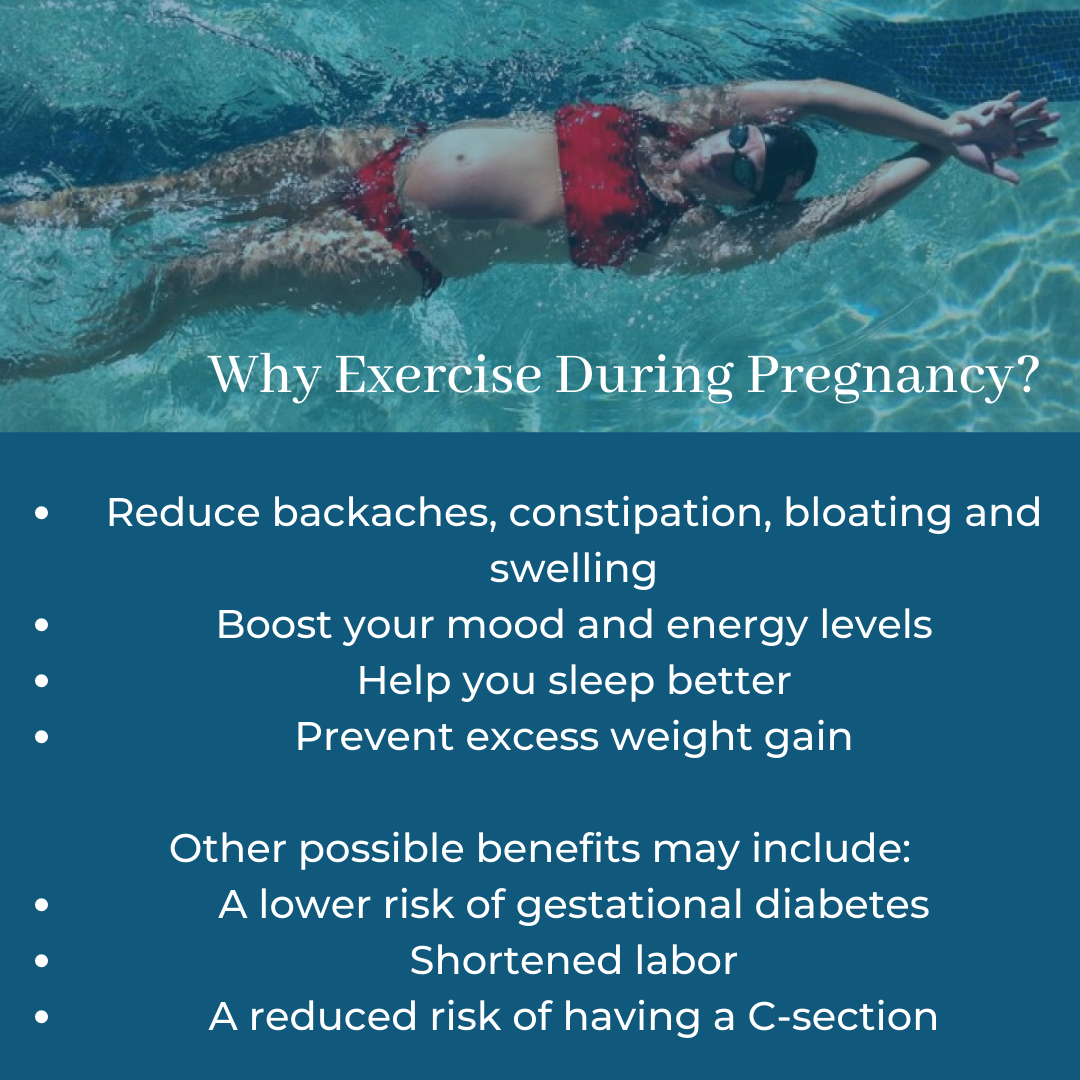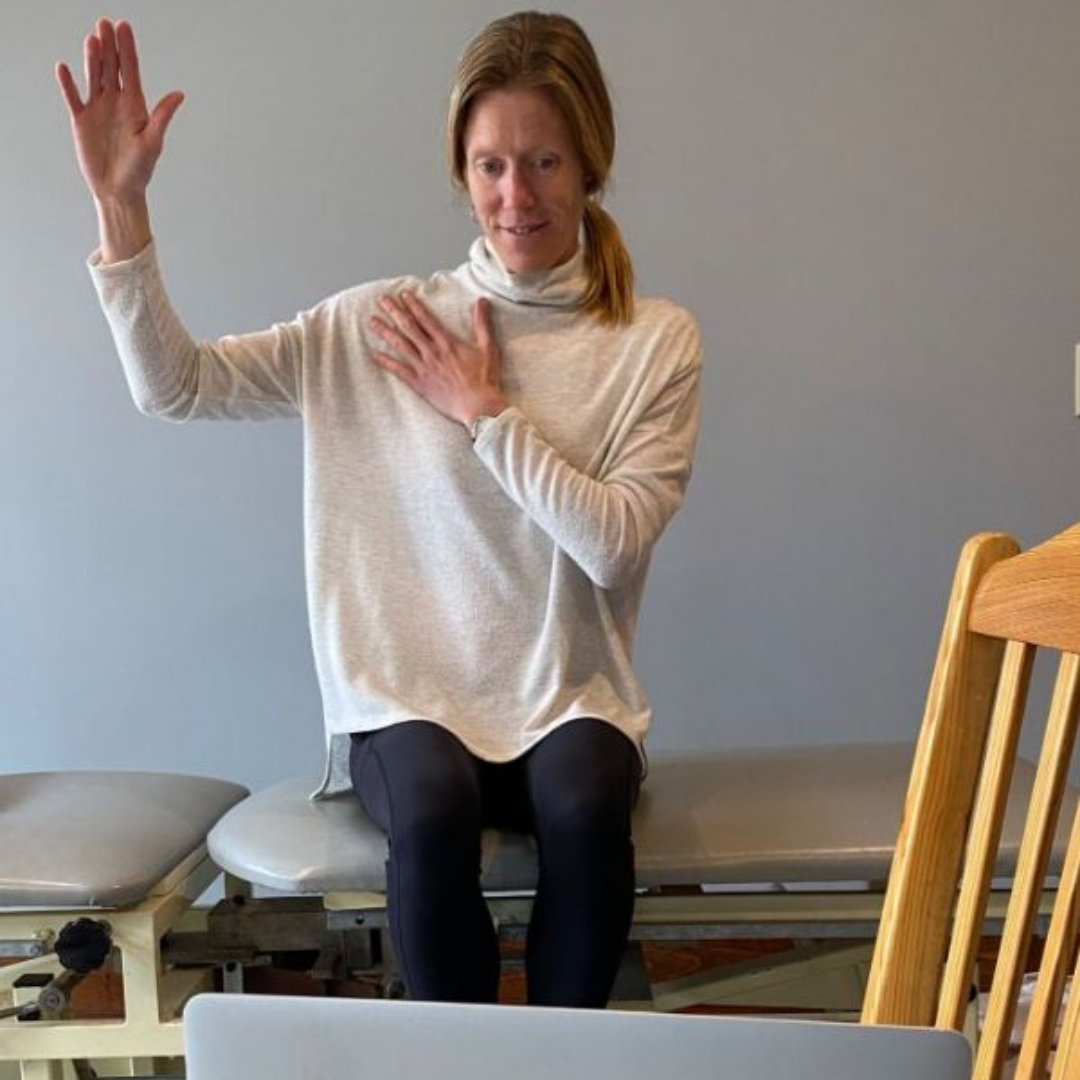
Is Lower Back Pain Affecting You?
What is Lower Back Pain?
The low back, also called the lumbar region, is the area of the back that starts below the ribcage. Almost everyone has low back pain at some point in life.
Symptoms of Lower Back Pain:
These might range from a dull ache to a stabbing or shooting sensation. The pain may make it hard to move or stand up straight. Pain that comes on suddenly is “acute.” It might happen during sports or heavy lifting. Pain that lasts more than 3 months is considered “chronic.” If your pain is not better within 72 hours, you should consult a Physiotherapist or your GP.
Gentle Exercises for Lower Back Pain Relief
1. Knee to Chest
Laying on your back, gently pull your knees to your chest, holding for a second, then extending your arms back out straight. Hold for 20 seconds, repeat 5 repetitions, perform 3 times per day.
2. Pelvic Tilts
Laying on your back, arch your lower back, then flatten it into the ground. Perform this 30 times.
3. Cat/Cow
Start on your hands and knees, gently curve and flatten your mid back 20 times.
Muscle Strain or Disc Related Low Back Pain? Muscle strain is often the cause of back pain from heavy lifting, vigorous exercise, or sudden movement. But sometimes it’s due to strain on the disc that fills the space between vertebrae. A common story – while shoveling snow, playing hockey, and picking my baby up after a nap in her crib yesterday I felt a twinge in my low back. It wasn’t very painful and didn’t seem to last. I felt I had to be careful, but was able to continue my activities yesterday. Today, however, is a different story.
I woke up this morning with excruciating low back pain. My left leg feels numb right below my bum and into my thigh, and I have shot of pain down the leg. Getting out of bed was terrible, I had to ask for help getting my socks and shoes on. When I look at myself in the mirror I am crooked – bent slightly forward and to the side.
After a shower, and breakfast and walking to work I feel a bit better. But sitting is very uncomfortable, I am fidgeting and shifting constantly and keep having to stand up. I feel better standing, but not if I stand too long. Coughing or sneezing give me stabbing pain in the back. The medication I tried this morning doesn’t seem to be helping much. Ice seems to help a little, so do the heated seats in the car.
By evening I again have excruciating pain. Lying down feels better, but again not for too long. I toss and turn to try to sleep. This is no fun!!
Have you ever felt like this?
Are you between ~30-50 years of age?
Do you know what common condition this story fits?
> Lumbar disc herniation.
Sometimes with disc herniation the sciatic nerve, which runs from the buttock down one leg, can become irritated. This is called sciatica.
Below are some helpful rest positions for the acute stages of lumbar disc herniation. Keep in mind the exercises should not hurt. Also remember we are all unique, for the best care for your specific presentation speak to your physiotherapist & family doctor.
-crook with knees up
-gentle walking
-avoid sitting
-lumbar roll
-prone on pillows
-extension exercises commonly are helpful but these should be patient specific and guided.
Physiotherapy incorporates a combination of hands on treatment, modalities for pain relief, strengthening, stretching, and aerobic conditioning and is a central component of most types of low back pain.
Pregnancy and Exercise
It is recommended that women accumulate approximately 150 minutes of moderate physical activity per week. Of course exercise intensity varies by person, therefore never try a new exercise you have never attempted before becoming pregnant!
If you have any questions about what might be the right exercises for you and your growing baby; do not hesitate to contact us and we will be happy to help you through this journey!

Virtual Physiotherapy

Physiotherapist and Business Owner Alison Beaton working with a client virtually
Why Virtual Physio?:
There are many reasons why coming to the clinic may not be possible for you. No matter the reason, we strongly believe that taking action sooner rather than later is better to ensure you optimize your health and comfort and we have the technology to effectively assess and treat you from a distance.What you can expect:Your physiotherapist will listen to your story and discuss your concerns with you and watch you move. Following the assessment, your physiotherapist will educate you on your condition, teach you rehabilitative exercises and/or discuss self-management strategies to improve your condition.











